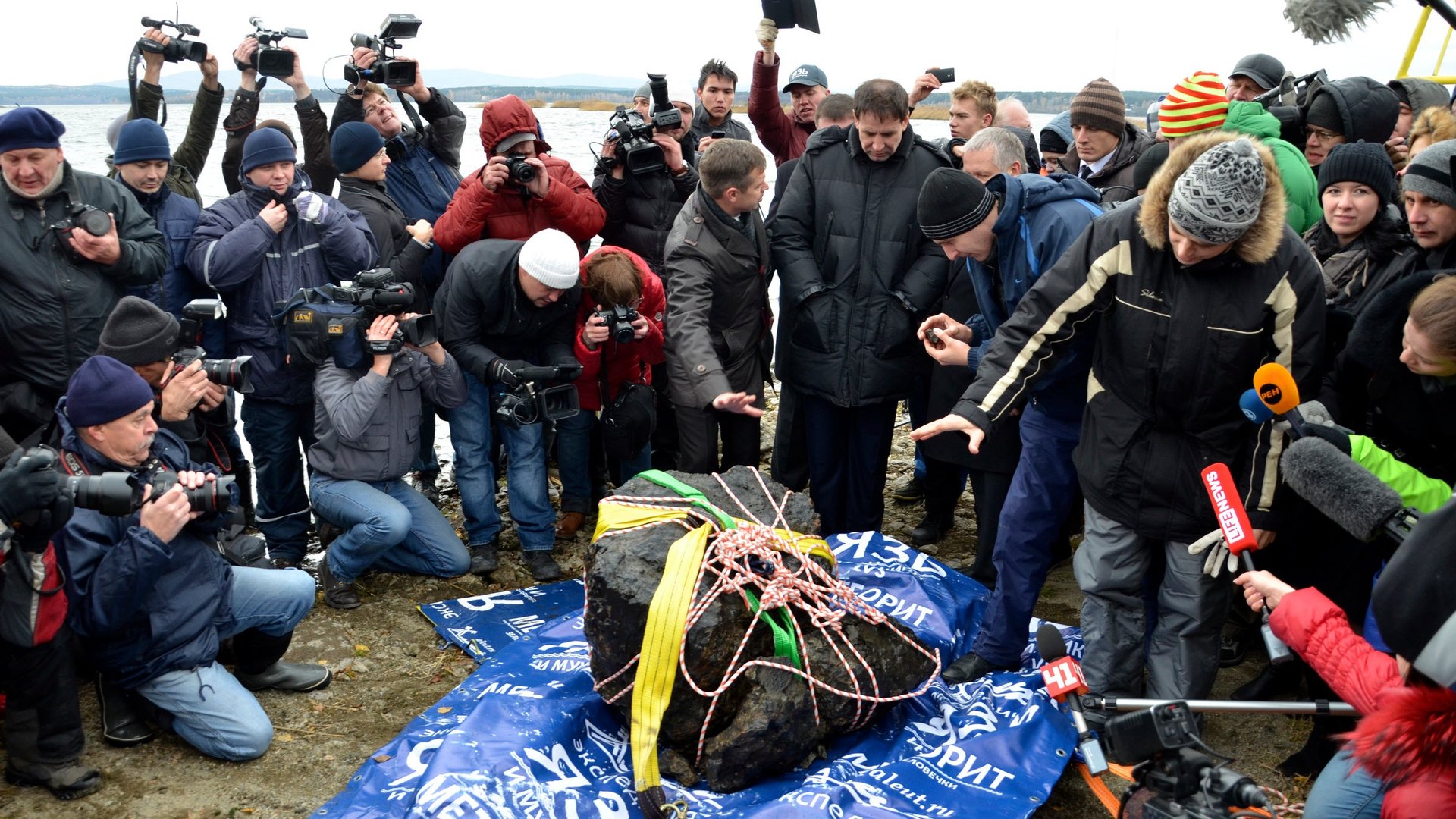NASA taps Silicon Valley space miners to crowdsource asteroid threats
NASA is taking a new approach to spotting potentially threatening space rocks hurtling toward earth: Crowdsourcing.


NASA is taking a new approach to spotting potentially threatening space rocks hurtling toward earth: Crowdsourcing.
Last month the US space agency announced it would begin working with Planetary Resources Inc. to expand its ability to detect asteroids.
In February, in what amounted to a wake-up call for space scientists, an asteroid exploded over Russia with the force of 500 kilotons of TNT, shattering windows and injuring over 1,000 people. Studies published last month in Nature and Science warned that smaller asteroids are more dangerous than previously thought.
Founded by space entrepreneurs Peter Diamandis and Eric Anderson to extract minerals and other resources from nearby asteroids, Planetary Resources has already experimented with the internet’s ability to bring people together. It used Kickstarter to fund the development of a satellite telescope to find asteroids and planets—and also take “space selfies” of its backers. The company also worked with Zooniverse, a citizen science group, to develop a game that lets anyone help hunt through sky survey data for unmapped asteroids.
Now NASA has asked Planetary Resources to expand upon that game, developing contests that challenge programmers to build software that can pick asteroids out of the 3 million images in the Catalina Sky Survey. Winners will receive cash prizes funded by NASA. For their part, Planetary Resources hopes the contest generates fresh data on the location of the asteroids it hopes to mine.
As for the rest of us, the contest could help detect the next screaming asteroid that looks dead set on a collision course with earth. Such warnings could be helpful. The Chelyabinsk asteroid was not spotted until it broke up in the atmosphere, and less than 1% of the objects in orbit around the sun are currently tracked by NASA.
While scientists note that asteroids larger than a kilometer in diameter near earth are fairly well-tracked, the Chelyabinsk asteroid was only 20 meters in diameter. Even at that size, it generated an explosion more than 30 times stronger than the atom bomb that struck Hiroshima. Several observers on the ground received flash sunburns from the bright light generated as the asteroid exploded overhead.